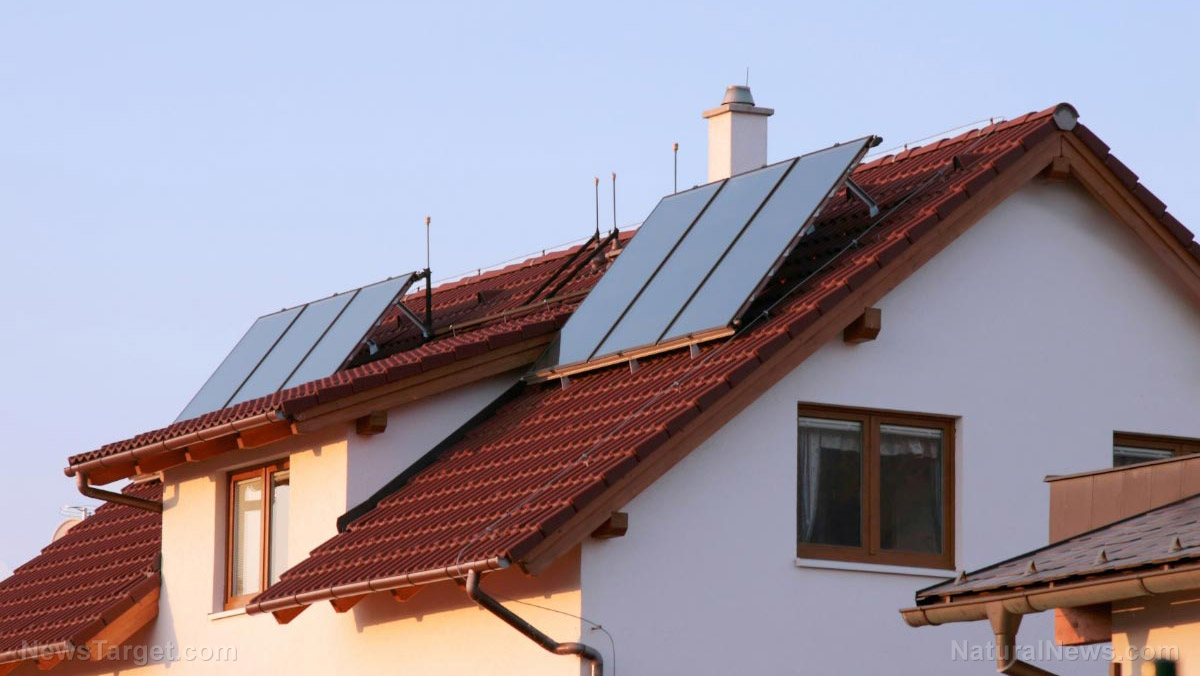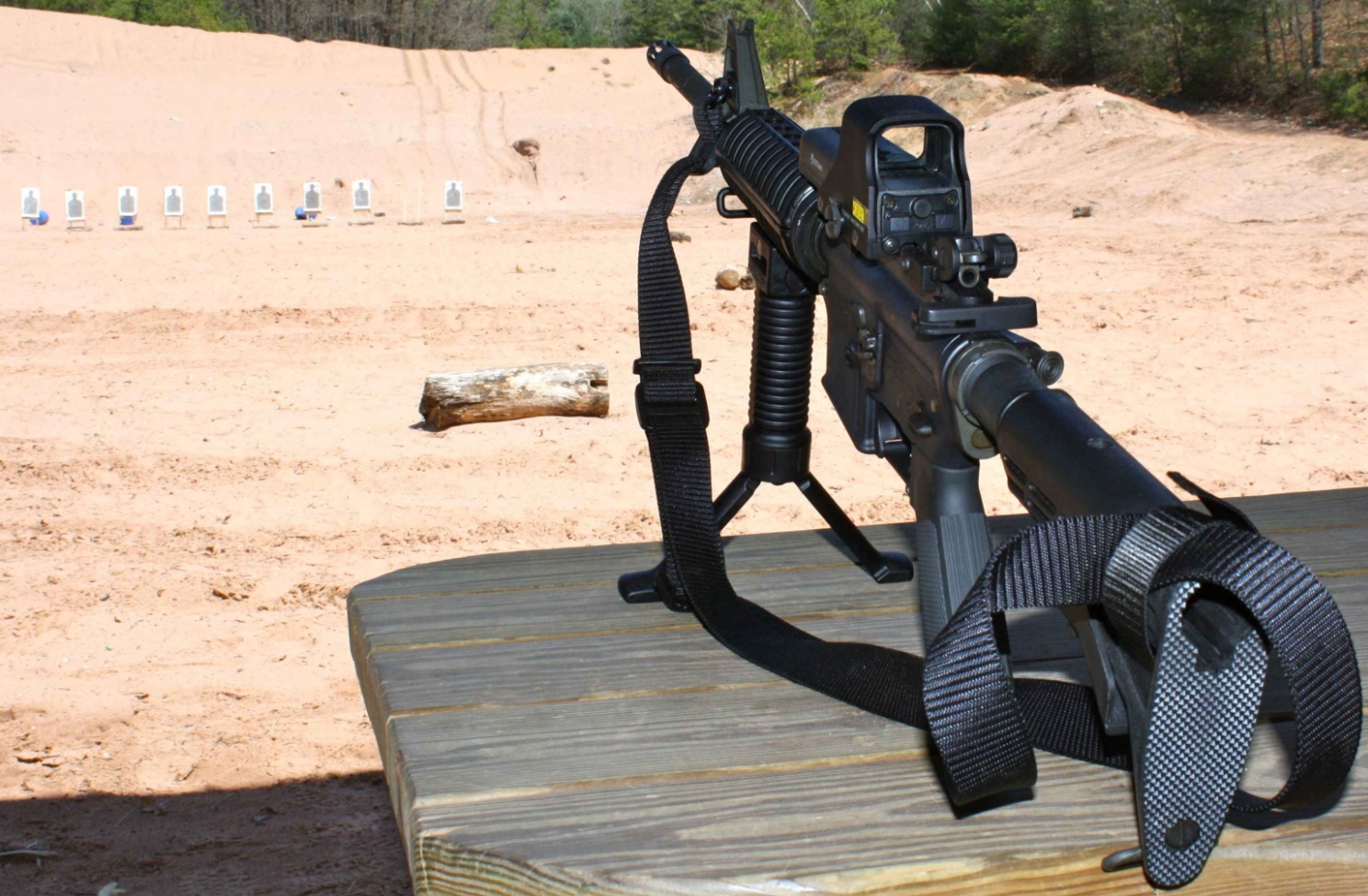Keep yourself (and your family) safe when SHTF by disaster-proofing your attic
03/19/2020 / By Arsenio Toledo

The world is being gripped with disaster. From extreme weather patterns to increasing civil unrest, one great way to deal with disasters is to find a place in your own home where you can hunker down and wait out the situation.
For natural disasters like flash floods, you should evacuate. For home invaders, you can have a professionally made panic room, call the authorities, or defend yourself with your own firearms. If these options are unavailable, one other way you can survive is to beef up your attic, turning it into a mini-homestead within your own home.
Most people have an unfinished attic. Their attics would be filled with boxes or bins of old items that are collecting dust. Many other storage options should be available to you, like a garage, a basement or a different storeroom. If you decide to disaster-proof your attic, here’s how to do it.
Clear the area
You must have enough room in the attic for you to survive. This means clearing out non-essential items, such as those old boxes of memorabilia. Throw out what you really don’t need and find another place for what you must keep. Remember that you need enough space in your attic to sleep in, cook food, store supplies and go to the bathroom.
Control the temperature
Your attic may not be properly insulated. Your storage of food, water and natural medicines will go bad quickly during one very hot day, and trying to sleep in a freezing attic will be very damaging to your physical and mental health. Insulate your room to keep it warm. Install a thermostatic heater, if possible. If your attic has windows, consider investing in a box fan that can cool down the room during the summer. Figure out alternative heating and cooling methods.
Find space to store the essentials
Don’t forget that your attic needs space for your food, water, personal hygiene supplies, clothing, camping equipment and other survival tools. Bring some water containers that can give you three days’ worth of water. Unless you have a small refrigerator in your attic, bring only non-perishable food items such as ready-to-eat canned meats, fruits and vegetables and dry cereals. If you can fit a tiny wardrobe in your attic, use that space to store all your clothing and personal hygiene supplies like toilet paper. (Related: Prepper storage guides: Which containers should you use to store water for stockpiling?)
Connect the attic to your electricity
Having a source of electricity is important. Figure out if you can mount some solar panels or a small wind turbine on your roof. Make sure these renewable energy sources are connected to your attic. This will come in handy if the power goes out.
Other aspects to consider
Figuring out how to defend your attic is also important. If you have a firearm, set up a field of fire from where you can defend yourself against looters or home invaders. Also, determine how much weight your attic can hold. You, your family, your pets (if any), your supplies and other gear must stay there for possibly hours or days before rescue.
Above all else, remember that bugging into the attic should be your very last option for surviving. If a flash flood has reached your home and it’s too dangerous to evacuate, or if an intruder is already in your home and you have nowhere to run to but up, a well-stocked and well-defended attic will come in handy when SHTF.
Tagged Under: attic, disaster preparedness, disaster-proofing, emergency preparedness, homesteading, preparedness, prepper, prepping, readiness, roof, self-defense, SHTF, solar panels, survival, survivalist, Wind Turbines
RECENT NEWS & ARTICLES
COPYRIGHT © 2018 SELFDEFENSE.NEWS
All content posted on this site is protected under Free Speech. SelfDefense.news is not responsible for content written by contributing authors. The information on this site is provided for educational and entertainment purposes only. It is not intended as a substitute for professional advice of any kind. SelfDefense.news assumes no responsibility for the use or misuse of this material. All trademarks, registered trademarks and service marks mentioned on this site are the property of their respective owners.



















